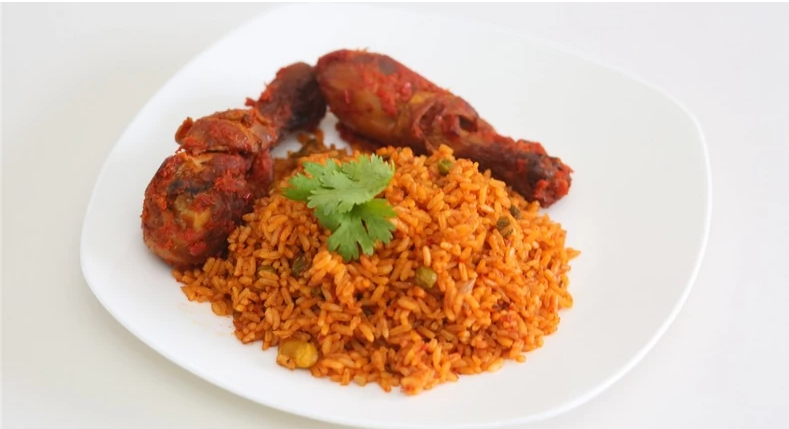UNESCO has formally named Senegal as the origin of Jollof rice.
This settles a long-standing debate between West African countries; Ghana, Nigeria and Senegal on the origin of the rice meal. In Senegal it is also known as Ceebu jën.
The meal is made from rice and tomato stew. It is eaten with any protein of choice, with vegetables and in Ghana for instance pepper sauce is sometimes added. It is a common meal in most homes in the three countries.
A research by The Conversation Africa indicates that the origins of Jollof rice can be traced back to the entrenchment of colonial rule in West Africa between 1860 and 1940. In this period, French colonizers replaced food crops with broken rice imported from Indochina. Over time, broken rice became more prized by the Senegalese than whole rice grain and the dish known as Ceebu jën was born.
The dish has become a source of pride and cultural identity for the Senegalese and has been recognised as an intangible heritage of humanity by UNESCO. This is expected to impact especially the tourism sector and by extent agriculture, fishing and catering sectors.
Even though jollof is served in most homes, it is also linked to ceremonial events. One would rarely attend an event in Senegal, Ghana or Nigeria without seeing jollof on the menu.
The aesthetics of presentation and service has been acknowledged. The women of Saint Louis, a port city in northern Senegal, are known for their remarkable know-how in this area and have been credited with adding finesse and elegance to the dish.
The Senegalese version of Jollof rice, Ceebu jën, is now officially recognised by UNESCO as an intangible heritage of humanity, putting an end to the ongoing debate over its origins and solidifying Senegal’s claim as the true home of Jollof rice.












